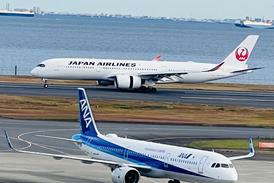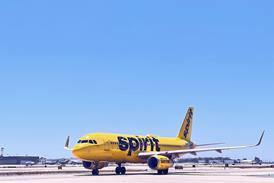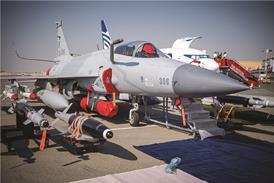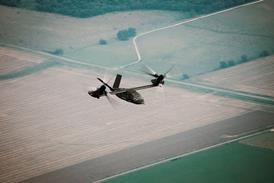Ramon Lopez/WASHINGTON DC
The probe into the fatal 11 December 2000 crash of a Bell Boeing MV-22 Osprey tiltrotor has discovered major design flaws which the US Marine Corps wants fixed before the aircraft enters operational service.
A V-22 production decision has been delayed pending the outcome of probes by the Department of Defense's Office of Inspector General and an independent panel of experts. At stake is procurement of 360 USMC MV-22Bs and 50 CV-22As for the US Air Force.
Maj Gen Martin Berndt says the accident near MCAS New River, North Carolina, was a result of hydraulic failure compounded by a software anomaly. "It was caused by a series of events, the combination of which proved fatal," he says, clearing the pilots of any blame. The four crew on board died in the accident.
As the MV-22's nacelles transitioned for landing, a hydraulic line feeding the left swashplate actuators - which control blade pitch - ruptured and the primary flight control system (FCS) reset button illuminated.
As trained, the crew pressed the reset button up to 10 times, starting "a chain of unpredicted and uncontrollable events" that caused the Osprey to accelerate and decelerate until it stalled and crashed.
The USMC says the line ruptured after chafing against a wiring bundle. This caused uneven distribution of power to the left and right swashplate actuators, but this alone would not cause a mishap, says the USMC. By pressing the reset button, the control-logic anomaly caused significant pitch and thrust changes in both proprotors, causing uncommanded pitch, roll and yaw.
The investigators questioned the adequacy of the FCS and software testing. The USMC urges the Naval Air Systems Command (NAVAIR)to conduct a comprehensive FCS and software review to seek design deficiencies.
Reports dating from June 1999 indicated chafed hydraulic lines while an inspection of eight MV-22s also discovered chafing.
The USMC recommends that NAVAIR and Bell Boeing review hydraulic line clearances and wiring bundle placement "and investigate the possible redesign of the hydraulic system to prevent dual system failures".
Berndt noted that Bell Boeing issued a service bulletin a year ago "identifying the problems with chafing and hydraulics". He says "maintenance crews performed all inspections as per regulation".
Bell and Boeing say they will not respond to the report's conclusions until they have reviewed it and made recommendations.
Source: Flight International























